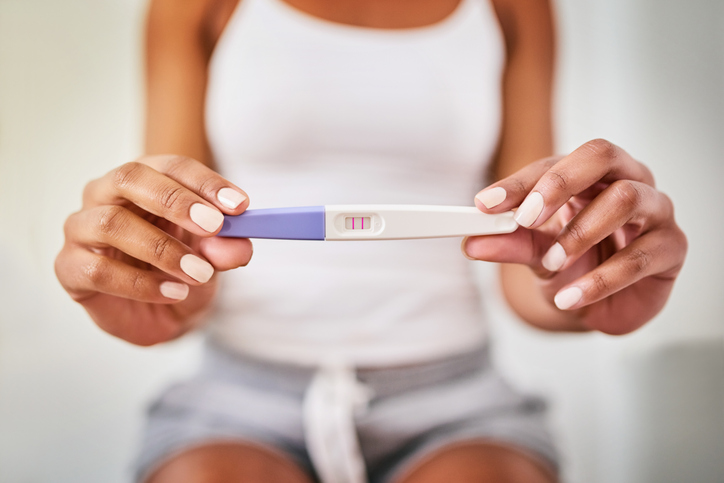When are you most fertile? If you’re trying to get pregnant, you’ll ask yourself this question at some point. The good news is that it’s pretty easy to figure out, assuming that all of your parts (and his!) are working properly. It really comes down to timing; there’s a certain window every month when you’re fertile. Miss that sweet spot, and you’ve got to wait until the following month to try again. With that in mind, here are some tips to gauge your most fertile days of the month.
1. Understand how your cycle works. Most women’s menstrual cycles are anywhere between 28 to 32 days long, with Day 1 being the first day of your period, according to the American Pregnancy Association. In the middle of that cycle, between Day 11 and Day 21, the ovary will release an egg, which then travels from the fallopian tube to the uterus. It will only live for 12 to 24 hours once it leaves the ovary, so the goal is to get that baby (pun intended) fertilized during the short window. The good news is that the sperm has a longer life span, and can live for three to six days in your body. So, to get pregnant, you’ll actually want to have sex in the days before ovulation, not just during.
2. Keep track of your most fertile days. There are several ways to figure out if you’re ovulating, but you really have to tune into your body. The first tell-tale sign is to check your cervical mucus. Right before ovulation, there will be more of it, with a slippery “egg white” consistency meant to help carry the sperm to the egg. You may even feel some small twinges of pain in your lower tummy, more likely on one side, called mittelschmerz.
Keeping a calendar is also helpful. Not only can you more easily keep track of which day of your cycle you’re on, but it can help you predict ovulation for the following month. You’ll want to take your basal body temperature (BBT) every morning. In the first half of your cycle, you have more estrogen, but following ovulation, there’s a surge in progesterone, and your body temperature goes up, literally the day after you ovulate. So if your temp goes up on Day 15, you know that you ovulated on Day 14. With that information, you can better determine which day you’re going to ovulate next month.
3. Use an ovulation prediction kit. Finally, if all of the charting and body checks and temperature readings feel too complicated, you can always pick up an ovulation prediction kit (OKP) at the drugstore. Like a pregnancy test, you pee on a stick and it tells you if you’re going to ovulate in the next 12 to 24 hours. So there’s no second guessing…or wasting time.
More for Women Who Are TTC:
- Early Signs Of Pregnancy You’ve Never Heard Before
- Are You Ovulating Right Now?
- Implantation Symptoms You Should Know








